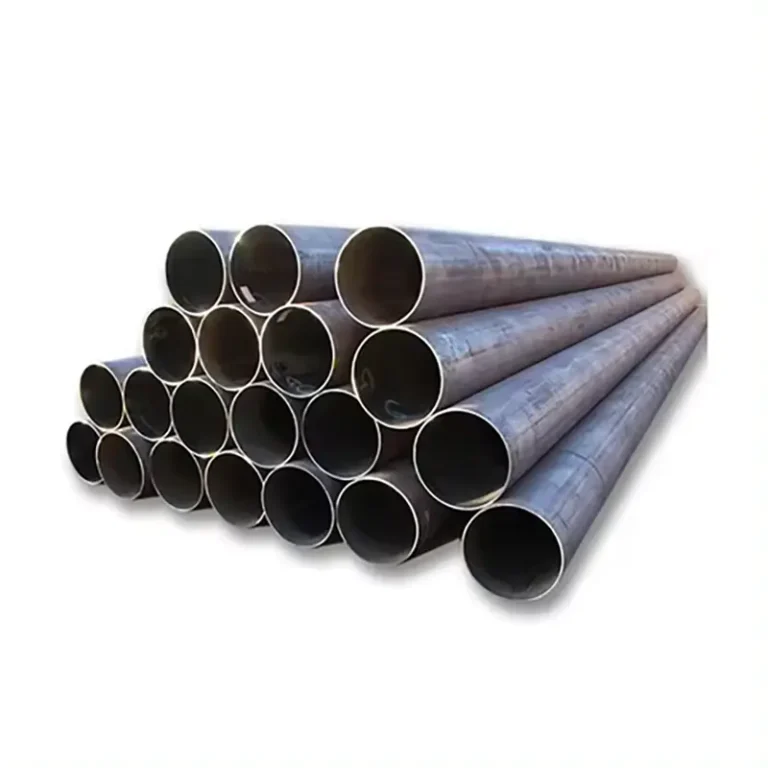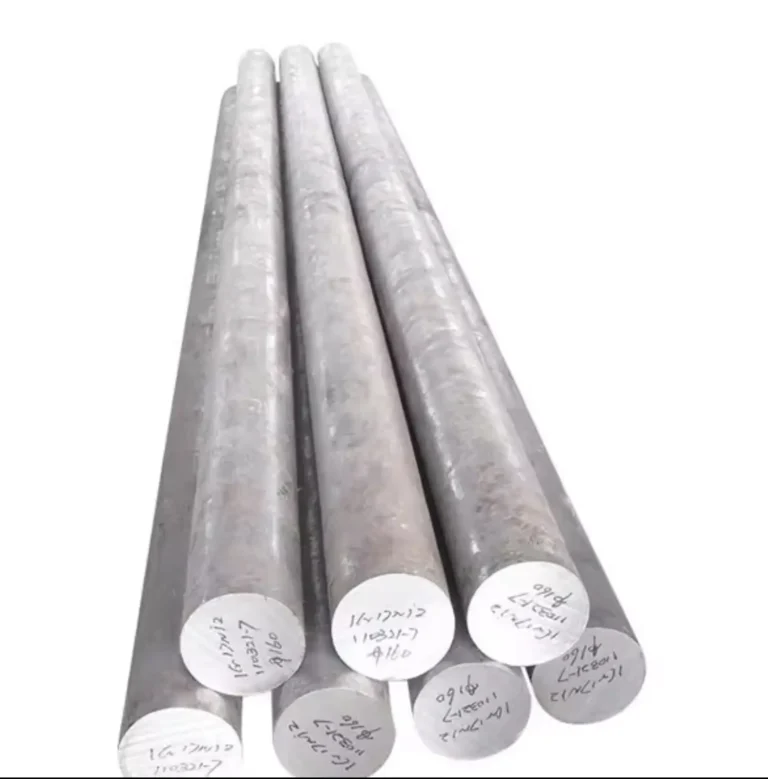Comprehensive Guide to Cold Rolled Steel for Construction
Cold rolled steel is a highly versatile material widely used in construction, automotive manufacturing, home appliances, and industrial applications. It is known for its smooth surface, superior strength, and dimensional precision, making it ideal for projects requiring high-quality finishes and exact measurements. This guide explores the characteristics, production process, types, specifications, and applications of cold rolled steel, along with a comparison to hot rolled steel.
What Is Cold Rolled Steel?
Cold rolled steel is a hot rolled steel that undergoes additional processing at room temperature to improve its surface quality, mechanical properties, and dimensional accuracy. This additional processing makes cold rolled steel stronger, harder, and more precise than hot rolled steel, making it an excellent choice for applications requiring a high-quality finish and tight tolerances.
Key Characteristics of Cold Rolled Steel
- Stronger and Harder – Cold rolling increases steel’s strength and hardness through work hardening.
- Highly Precise Dimensions – Tighter tolerances and better uniformity than hot rolled steel.
- Smooth and Polished Surface – Ideal for visible applications requiring a clean appearance.
- More Expensive – Requires additional processing, making it costlier than hot rolled steel.
Types of Cold Rolled Steel
Cold rolled steel is available in different forms, each tailored for specific applications:
1. Cold Rolled Steel Sheets and Plates
- Used in automotive panels, appliances, and high-precision fabrication.
- Offers a smooth, polished surface with high strength and durability.
2. Cold Rolled Steel Coils
- Large sheets rolled into coils for easy storage, transport, and further processing.
- Used in roofing, precision components, and structural reinforcements.
3. Cold Rolled Steel Bars
- Available in round, square, and flat bar forms.
- Used for machinery parts, shafts, and construction reinforcements.
4. Cold Rolled Steel Tubes and Pipes
- Offers high strength and precision, suitable for mechanical and structural applications.
- Used in automotive manufacturing, precision frames, and industrial pipelines.
Cold Rolled Steel Specifications
Cold rolled steel is classified based on thickness, width, and length. Below are common specifications:
| Specification | Range |
|---|---|
| Thickness | 0.3mm – 3mm (Sheets & Plates) |
| Width | 600mm – 2000mm (Coils & Sheets) |
| Length | 1000mm – 6000mm (Plates & Sheets) |
| Weight (Coils) | 1 – 10 tons per coil |
| Grades | SPCC, DC01, ASTM A1008, Q195, Q235 |
Different grades of cold rolled steel provide varying strength, hardness, and surface properties, making them suitable for specific applications.
Manufacturing Process of Cold Rolled Steel
Cold rolled steel is produced by further processing hot rolled steel at room temperature through several steps:
Step 1: Hot Rolling (Initial Stage)
- Steel slabs are heated above 1,700°F (930°C) and rolled into sheets or coils.
Step 2: Pickling Process
- The hot rolled steel is treated with an acid bath to remove scale and impurities, ensuring a clean surface.
Step 3: Cold Rolling
- The steel is passed through rollers at room temperature, compressing it into thinner sheets.
- This process increases strength, surface smoothness, and precision.
Step 4: Annealing (Optional)
- The steel is heat-treated to improve ductility and reduce internal stresses.
Step 5: Skin Passing & Final Finishing
- A final rolling process enhances smoothness and uniform thickness.
Cold Rolled Steel vs. Hot Rolled Steel
While both materials are essential in industrial applications, they have key differences:
| Feature | Cold Rolled Steel | Hot Rolled Steel |
|---|---|---|
| Processing Temperature | Room temperature | Above 1,700°F (930°C) |
| Surface Finish | Smooth, polished, precise | Rough, with oxide scale |
| Strength | Stronger and harder due to work hardening | Strong but more ductile |
| Dimensional Accuracy | High precision and uniformity | Less precise due to cooling shrinkage |
| Cost | More expensive due to extra processing | More affordable |
| Common Uses | Automotive parts, home appliances, electronics | Structural beams, construction materials |
When to Choose Cold Rolled Steel
- For high-precision applications where accuracy and smooth finishes are required.
- For automotive parts, home appliances, and electronics that need a polished surface.
- For machinery and engineering components requiring strong, hard materials.
When to Choose Hot Rolled Steel
- For structural applications where surface imperfections are not an issue.
- For large-scale projects where cost-effectiveness is key.
- For projects that require welding and fabrication due to its ductility.
Cold Rolled Steel Coils vs. Hot Rolled Steel Coils
Steel coils are widely used in manufacturing and construction, but cold rolled and hot rolled coils serve different purposes.
| Feature | Cold Rolled Steel Coil | Hot Rolled Steel Coil |
|---|---|---|
| Production Process | Cold rolled from hot rolled steel | Rolled at high temperatures |
| Surface Finish | Smooth, polished | Rough, with oxide scale |
| Thickness Range | 0.3mm – 3mm | 1.5mm – 20mm |
| Common Uses | Electronics, automotive, home appliances | Structural, roofing, pipelines |
Cold rolled steel coils are preferred for precision applications, while hot rolled coils are better for structural and heavy-duty projects.
Applications of Cold Rolled Steel
Cold rolled steel is used in various industries due to its high strength and refined surface.
1. Automotive and Transportation
- Used in car body panels, chassis components, and engine parts.
- Preferred for trucks, trains, and aircraft parts requiring precision.
2. Home Appliances and Electronics
- Used in refrigerators, washing machines, and ovens.
- Essential for computer casings, electrical cabinets, and metal furniture.
3. Construction and Industrial Applications
- Used in roofing, interior paneling, and precision structural components.
- Ideal for door frames, furniture, and metal partitions.
Surface Treatments for Cold Rolled Steel
Cold rolled steel is often coated to improve corrosion resistance and durability.
1. Galvanization
- A zinc coating prevents rust, making it ideal for outdoor applications.
2. Painting or Powder Coating
- Adds aesthetic appeal and environmental protection.
3. Plating (Chrome, Nickel, etc.)
- Used in automobiles, electronics, and decorative finishes.
How to Choose the Right Cold Rolled Steel for Your Project
- Thickness & Size – Select based on project requirements and load capacity.
- Steel Grade – Different grades offer varying strength and surface quality.
- Surface Treatment – Choose pickled, galvanized, or painted steel depending on exposure to moisture and corrosion.
Why Buy Cold Rolled Steel from Baiyoung?
Baiyoung is a trusted supplier of high-quality cold rolled steel, offering:
1. Superior Product Quality
- Strict quality control for strength, surface finish, and precision.
2. Competitive Wholesale Pricing
- Cost-effective options for large-scale manufacturing and construction projects.
3. Wide Product Range
- Available in coils, sheets, plates, and bars for various industries.
4. Reliable and Fast Delivery
- Efficient logistics network ensures on-time delivery.
5. Expert Customer Support
- Professional guidance to help you select the best steel products.
Conclusion
Cold rolled steel is an essential material for precision manufacturing, construction, and industrial applications. Its strength, smooth surface, and dimensional accuracy make it ideal for automotive, appliance, and engineering projects.
For premium cold rolled steel, Baiyoung offers high-quality products, competitive prices, and expert service. Contact Baiyoung for all your steel needs!










